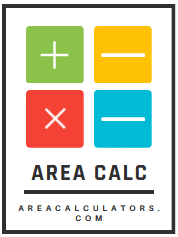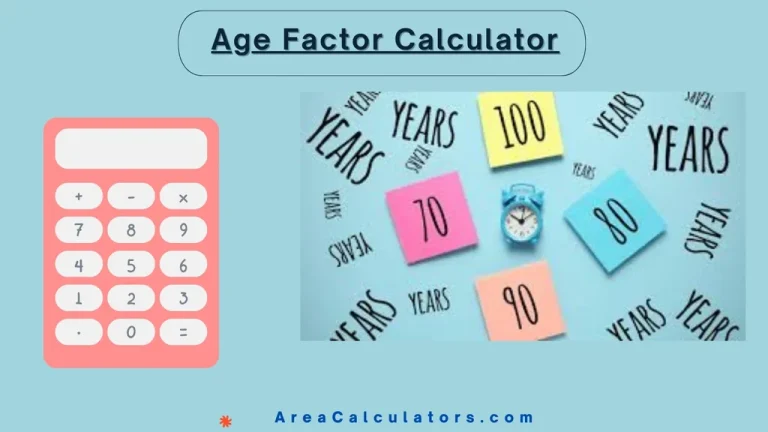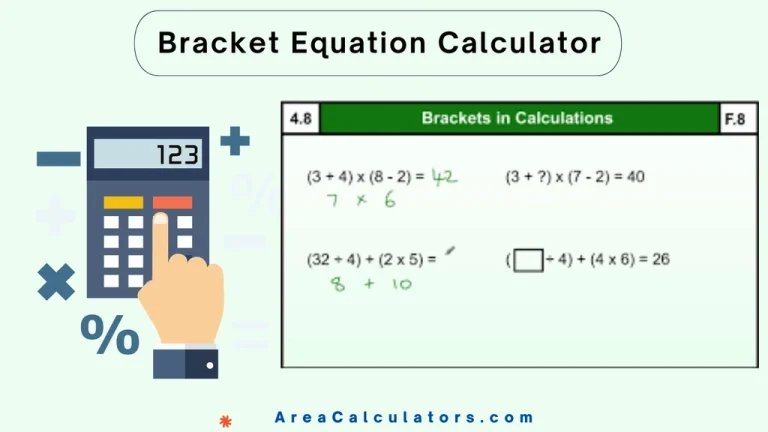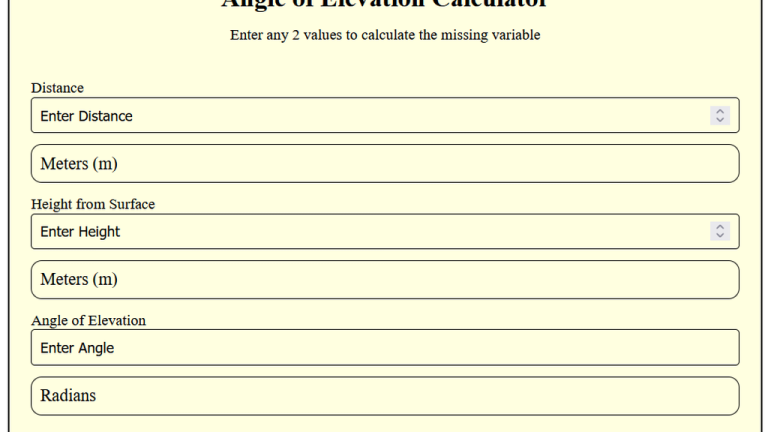PPM to mg/L [ Parts Per Million, Milligram Per Liter, Concentration ]
To convert ppm to mg/L, multiply the ppm value by 0.9988590004.
To convert ppm to mg/L is necessary in water quality analysis, environmental monitoring, and chemistry. It works to calculate the solute concentrations in liquids.
Given that ppm and mg/L are often equivalent for water-based solutions, this quick calculation simplifies converting measurements for various applications, such as identifying hardness, total dissolved solids (TDS), and nutrient levels in solutions.
Formula:
mg/L = 0.9988590004 × ppm
| Symbol | Description |
|---|---|
| mg/L | Milligrams per liter |
| ppm | Parts per million |
Solved Calculations:
Example 1:
| Step | Calculation |
|---|---|
| PPM | 100 |
| mg/L Calculation | 100 × 0.9988590004 |
| Result | 99.8859 mg/L |
Answer: The concentration is 99.89 mg/L.
Example 2:
| Step | Calculation |
|---|---|
| PPM | 50 |
| mg/L Calculation | 50 × 0.9988590004 |
| Result | 49.94295 mg/L |
Answer: The concentration is 49.94 mg/L.
PPM to mg/L [Parts Per Million, Milligram Per Liter, Concentration, Solution, Liquid- Calculator 2025 ]
The PPM to mg/L Calculator is a practical tool that comes very handy in conversion. Primarily, it is used to convert parts per million (PPM) to milligrams per liter (mg/L).
In most aqueous solutions, 1 PPM is equivalent to 1 mg/L, making this a straightforward but crucial conversion in fields like environmental science, water quality testing, and chemistry.
It is important to note that, having the fair understanding of these units serves in assessing concentration levels of various substances, including dissolved minerals, contaminants, and other compounds.
To use the calculator, simply input the PPM value, and it will provide the equivalent mg/L value. For example, 100 PPM is directly equal to 100 mg/L.
This calculator is tailormade for scientists, researchers, and technicians who work with solution concentrations, as it allows for a quick, accurate conversion between these two commonly used units.
Final Words:
In summarizing our discussion, the PPM to mg/L Calculator simplifies converting PPM values to mg/L, offering a quick and reliable solution for handling concentration measurements across different applications.





